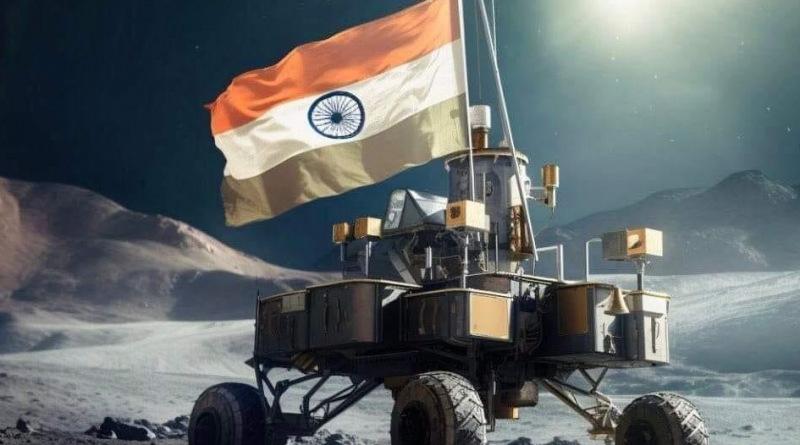Key Facts about India’s Chandrayaan-3 Moon Mission
A successful landing would position India as a significant player in the field of space exploration.
India’s space agency, the Indian Space Research Agency (ISRO), is on the brink of a historic attempt to land a spacecraft on the moon’s south pole with its Chandrayaan-3 mission. This mission holds significance for India’s stature in the realm of space exploration and has far-reaching implications for future lunar endeavors.
Launched on July 14 from India’s main spaceport in Andhra Pradesh, the Chandrayaan-3 mission has garnered both national pride and global attention, particularly after Russia’s recent unsuccessful attempt to land on the moon’s south pole.
The Mission’s Purpose and Significance
Chandrayaan-3’s primary target is the lunar south pole, an area known to contain water ice, a precious resource that could potentially sustain future moon missions and even establish a more permanent lunar colony. Successful landing and operation would provide access to oxygen, fuel, and water, crucial elements for sustained space exploration. The mission’s successful landing would mark a milestone, as India would become only the fourth country to have achieved a lunar landing, joining the ranks of the former USSR, the United States, and China.
Operational Details and Objectives
Upon a successful landing, Chandrayaan-3 is slated to operate for approximately two weeks. It will conduct a series of experiments, including a comprehensive spectrometer analysis of the mineral composition of the lunar surface. The mission comprises a lander with a height of about 2 meters and a weight of just over 1,700 kg, roughly equivalent to the size of an SUV. Additionally, the lander is equipped to deploy a smaller lunar rover weighing 26 kg.
Learning from Past Attempts and Overcoming Challenges
The Chandrayaan-3 mission follows India’s previous attempt, Chandrayaan-2, which succeeded in deploying an orbiter but faced a setback when its lander and rover crashed near the intended south pole landing site in 2019. Learning from these challenges, ISRO has made critical adjustments to enhance the probability of a successful landing. This includes modifications to enable a broader potential landing zone and reinforcing the lander with more fuel and sturdier legs to withstand impact.
Global Interest and Political Implications
The success of Chandrayaan-3 carries not only scientific importance but also political and economic ramifications. A successful landing would position India as a significant player in the field of space exploration. Prime Minister Narendra Modi’s government is actively fostering investment in private space ventures and satellite-based enterprises. India aims to increase the market share of its private space companies fivefold within the next ten years.
In the words of Prime Minister Modi during the mission’s launch, ISRO is writing “a new chapter in India’s space odyssey,” raising the aspirations of every Indian and solidifying the country’s position as a pioneering force in space exploration.
ISRO is set to broadcast the anticipated lunar landing, commencing at 17:20 IST (11:50 GMT) on Wednesday, inviting the world to witness a potential historic achievement in the realm of space exploration.



